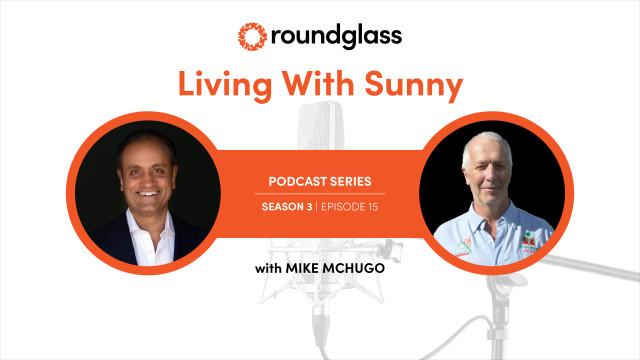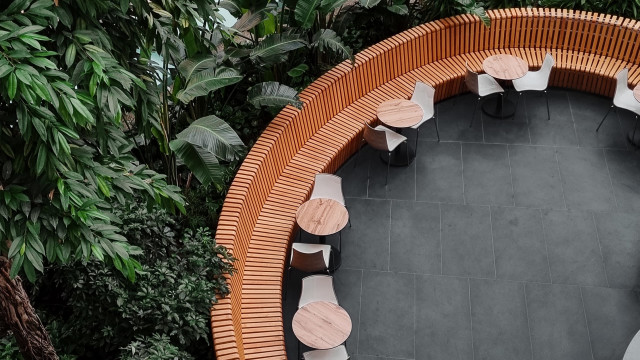The role of music in our Wholistic Wellbeing

Music has been a constant, healing balm for me throughout my life. I am moved by the marriage of sounds; whether it’s producers in the recording studio or elements of the natural world harmonizing together since the dawn of time. When we slow down, we notice all kinds of melodies composing the tunes of our environment — something of a soundtrack to our lives.
Who hasn’t been awed when listening to the sound of the wind blowing over the ocean? Who hasn’t fallen in love when a musical number was playing in the background (even if that background was the back of our heads)?
Everything in our universe is information and energy, vibrating at specific frequencies. And sound is nothing if not vibrations: moving energy for the pleasure of our ears. In any ancient wisdom tradition, there’s attention given to sound and its healing potential. I remember my days of doing yoga, when we would conclude classes with Om Shanti, and the feeling of peace brought by the invocation of those words. According to the Indian Millennial Scriptures, “Om” is the primordial sound of creation, the original vibration of the universe. From this first vibration, all other vibrations can manifest.
The healing potential of music more widely is what makes it such a key part of Wholistic Wellbeing for me: it unites the body and the spirit when we lose ourselves on the dancefloor; brings communities together at festivals; tunes us in with the planet when we hear a birdsong or the soothing white noise of ocean waves.
Music promotes deep healing, easily accessible in the comfort of our own homes. It affects richly diverse aspects of our wellbeing, from the physical to the emotional, spanning the social. It helps us reconnect with ourselves and release somatic memories stored in our bodies.
If the word ‘somatic’ feels like a scientific overstretch — know that it isn’t. Science has confirmed the healing potential of music: a Stanford University study has shown that music engages areas of the brain involved in paying attention, making predictions, and updating events stored in our memory. In other words, music helps us come to terms with fear, regret, trauma and resentment. In a different study, researcher Sunkyong Yoon has explored the connection between music and our emotions, finding that people with depression were more likely to listen to sad music because they found it calming or even uplifting.
Music is a healer. But it’s also a cupid. We don’t just laugh or cry to music: we fall in love to music. And that makes music doubly healing — because love heals too. For me, music’s healing powers really hit their peak during the pandemic, providing a welcome distraction from the lethargic nothingness of life under lockdown — a reminder of a past life where we took concerts, gigs and nightclubs for granted, and keeping me in check — and in touch — with a fragmented reality where I’d sometimes wake up in the morning wondering what year it was.
Music doesn’t just feed the little worlds within us — it’s also a great reminder for what lies beyond ourselves. The voice of a singer, the strings of a guitar, the beat of a drum, are all parts of a whole, assembled together into a track, an album, an anthology. Music doesn’t just facilitate Wholistic Wellbeing: it’s almost a metaphor for it, in the way it invokes and enlists a wealth and breadth of memories, senses and energies, and shows us that we are part of something far more reaching: a community, a species, a planet. When Canadian astronaut and amateur musician Chris Hadfield went on a planetary mission onboard the International Space Station and played a cover version of David Bowie’s ‘Space Oddity’ on the guitar while up in space, I saw that metaphor take a visual form.
I’ve always found the lyrics to Bowie’s song touching to the last: “Far above the world, Planet Earth is blue, and there’s nothing I can do.” But the more I think of it, the more I disagree. There’s never nothing we can do. We can always play music.








